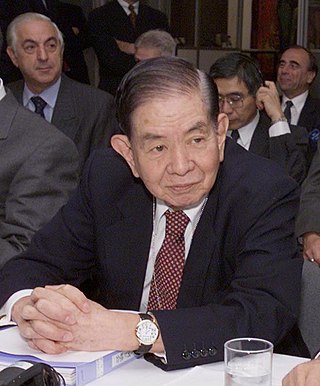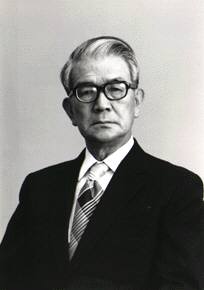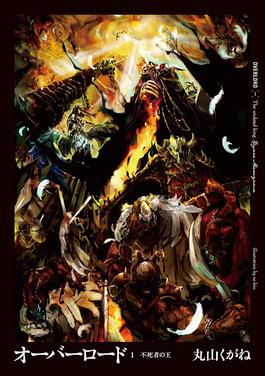
Werner Herzog is a German film director, screenwriter, author, actor, and opera director, regarded as a pioneer of New German Cinema. His films often feature ambitious protagonists with impossible dreams, people with unusual talents in obscure fields, or individuals in conflict with nature. His filmmaking process includes disregarding storyboards, emphasizing improvisation, and placing the cast and crew into similar situations to characters in his films.

The Bank of Japan is the central bank of Japan. The bank is often called Nichigin (日銀) for short. It has its headquarters in Chūō, Tokyo.

Masaru Hayami was a Japanese businessman, central banker, the 28th Governor of the Bank of Japan (BOJ) and a Director of the Bank for International Settlements (BIS).

The Praemium Imperiale is an international art prize inaugurated in 1988 and awarded since 1989 by the Imperial family of Japan on behalf of the Japan Art Association in the fields of painting, sculpture, architecture, music, and theatre/film.

The Lost Decade was a period of economic stagnation in Japan caused by the asset price bubble's collapse in late 1991. The term originally referred to the 1990s, but the 2000s and the 2010s have been included by commentators as the phenomenon continued.
Richard Andreas Werner is a German banking and development economist who is a university professor at University of Winchester.

Toshihiko Fukui is a Japanese economist and central banker. He was the 29th Governor of the Bank of Japan (BOJ) and a Director of the Bank for International Settlements (BIS).

Tadashi Sasaki was a Japanese central banker, and 22nd Governor of the Bank of Japan (BOJ).
Yasuo Matsushita was a Japanese businessman, central banker, the 27th Governor of the Bank of Japan (BOJ) and a Director of the Bank for International Settlements (BIS).
Yasushi Mieno was a Japanese businessman, central banker, the 26th Governor of the Bank of Japan (BOJ) and a Director of the Bank for International Settlements (BIS).

Satoshi Sumita was a Japanese businessman, central banker, the 25th Governor of the Bank of Japan (BOJ) during a period in which Japan became the world's largest creditor nation.

Haruo Maekawa, also romanized as Mayekawa, was a Japanese businessman, central banker, the 24th Governor of the Bank of Japan (BOJ).

Teiichiro Morinaga was a Japanese businessman, central banker, the 23rd Governor of the Bank of Japan (BOJ).

Makoto Usami was a Japanese businessman, central banker, the 21st Governor of the Bank of Japan (BOJ).

Masamichi Yamagiwa was a Japanese businessman, central banker, the 20th Governor of the Bank of Japan (BOJ).

Eikichi Araki was a Japanese businessman and a central banker. He was the 17th and 19th Governor of the Bank of Japan (BOJ).

Hisato Ichimada was a Japanese banker and politician who served as Minister of Finance from 1954 to 1956 and 1957 to 1958, and as Governor of the Bank of Japan from 1946 to 1954.

Viscount Keizō Shibusawa was a Japanese businessman, central banker, philanthropist and folklorist. He was the 16th Governor of the Bank of Japan (BOJ).

Overlord is a Japanese light novel series written by Kugane Maruyama and illustrated by so-bin. It began serialization online in 2010, before being acquired by Enterbrain. Sixteen volumes have been published since July 2012. A manga adaptation by Satoshi Ōshio, with art by Hugin Miyama, began serialization in Kadokawa Shoten's manga magazine Comp Ace from November 26, 2014. Both the light novels and the manga are licensed in North America by Yen Press since 2016.
Window guidance or informal guidance, is an informal policy instrument used to regulate the supply of credit in an industry or sector. Window guidance typically involves the use of benevolent compulsion in order to regulate the supply of credit as a way to achieve policy targets. Window guidance involves the use of monetary policy instruments including lending quotas as an informal way to subsidize or regulate the volume of credit in an industry or financial sector. Window guidance is often associated with the Bank of Japan's policies during the Japanese economic miracle.
















